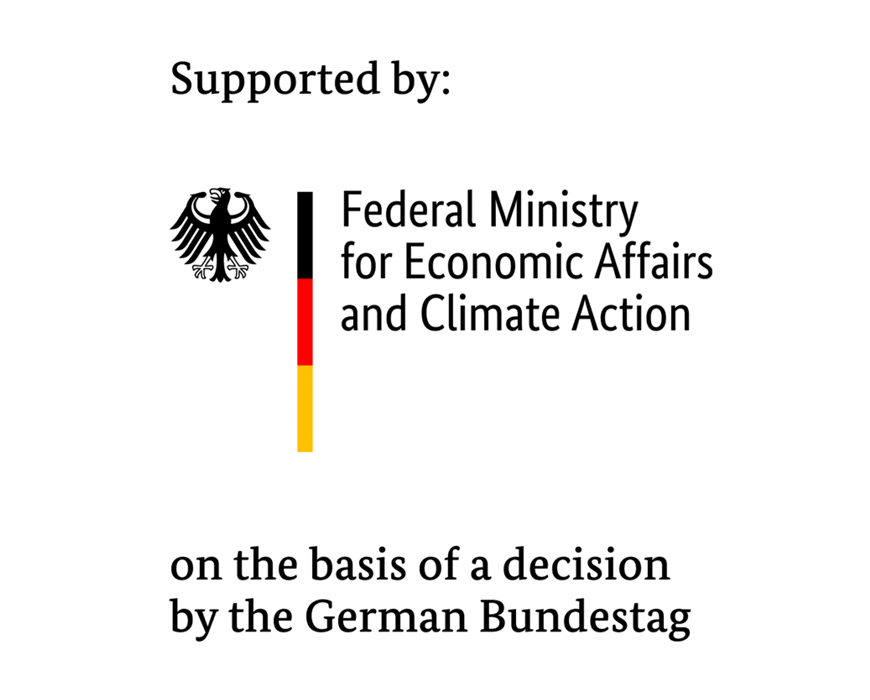At a glance
- The testing of wind turbine drive trains is a technically demanding task due to dynamic loads to which they are exposed, with the result that even modern test benches are now coming up against their limits.
- The VirtGondel project therefore sees the Fraunhofer IWES developing a validated virtual test bench, which will allow better planning of the full-size tests, better determination of the loads acting on different components, and the development of new test methods.
- The simulation tools and models developed in the scope of the project will be tested with an actual nacelle testing campaign at the Fraunhofer IWES and optimized in the institute’s own scaled development environment.
The challenge
To ensure that the drive trains of newly developed wind turbines can supply electricity reliably and on a sustained basis in practice, they are investigated in detail on special nacelle test benches, where the various dynamic loads acting on the drive train system are emulated as accurately as possible.
Nonetheless, even modern test benches are now coming up against their limits, as dynamic effects and correspondingly varying loading situations play a central role in the testing of drive trains and can be decisive for the durability or extreme load situations of individual components. A validated, dynamic load application system and determination of dynamic load on the drive train to be tested are therefore of the utmost importance. However, the measurement of these loading situations which occur represents a major challenge.
The solution
This is where the Fraunhofer IWES’ VirtGondel project comes into play. The scientists are developing a validated virtual representation of an existing nacelle test bench, which offers a number of different advantages simultaneously. For example, it allows better planning of the actual tests, dynamic determination of the loads and displacements of the individual components, and improvement of the dynamic performance of the test bench. Furthermore, there is the possibility of utilizing the simulation model to develop novel test methods.
The added value
These goals are to be achieved by developing simulation tools and models which will be tested on the Fraunhofer IWES test stand alongside an already planned actual nacelle test campaign and later optimized in the institute’s own scaled development environment.
